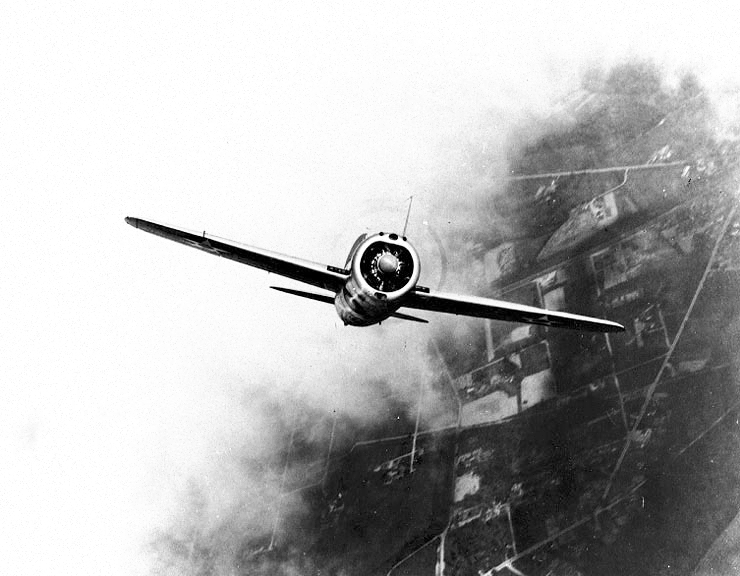

The XF2A-1 was 25 feet, 6 inches (7.772 meters) long, with a wingspan of 35 feet, 0 inches (10.668 meters) and overall height of 11 feet, 9 inches (3.581 meters). The prototype had an empty weight of 3,711 pounds (1,683 kilograms) and gross weight of 5,017 pounds (2,276 kilograms).
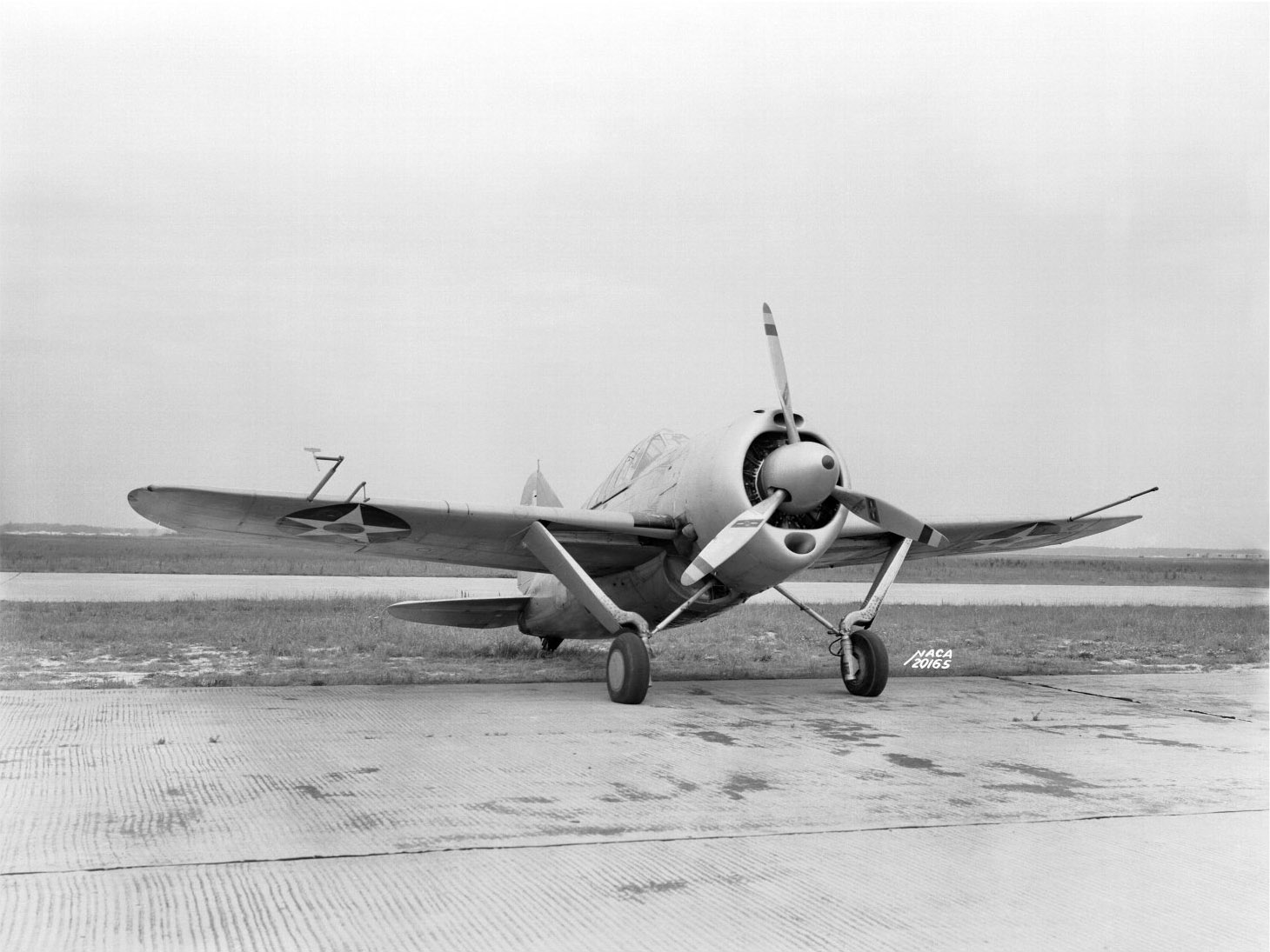

The prototype had a maximum speed of 304 miles per hour (489 kilometers per hour) and a service ceiling of 30,900 feet (9,418 meters). The production F2A-2 fighter had a maximum speed of 322 miles per hour (518 kilometers per hour) at 14,500 feet (4,420 meters). It could climb from Sea Level to 20,000 feet (6,096 meters) in 9.0 minutes, and its service ceiling was 36,100 feet (11,003 meters). The F2A-2 had a maximum range of 1,085 miles (1,746. kilometers).
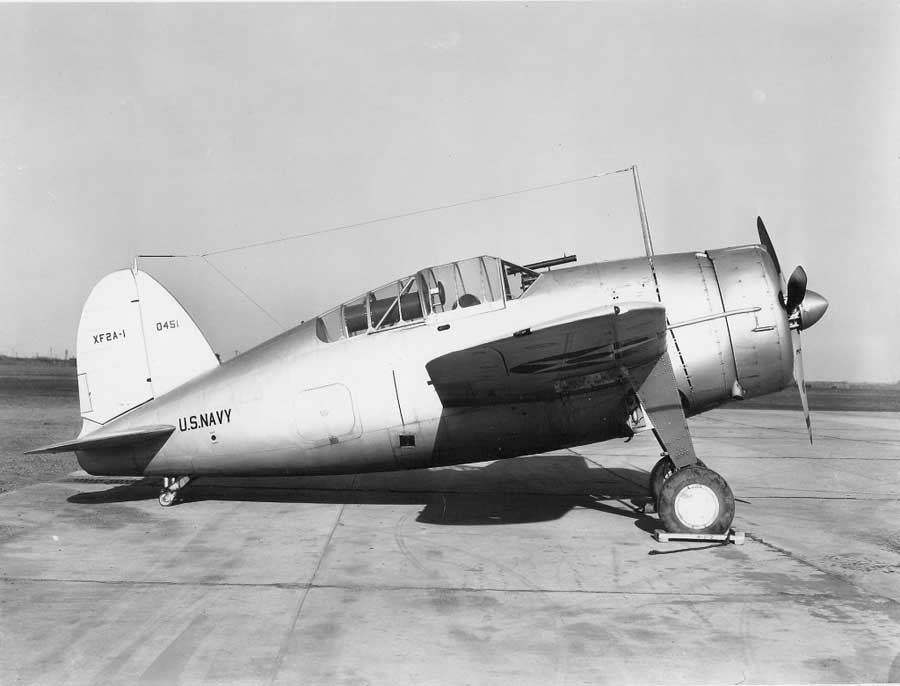
In a service test competition, the XF2A-1 outperformed Grumman’s prototype XF4F, which would later become the Wildcat. The U.S. Navy ordered it into production as the F2A-1. It was the first monoplane in fleet service.
In production, the new fighter was armed with one .50-caliber and one .30-caliber machine gun, synchronized to fire through the propeller arc.
The Brewster Model 399E (F2A-2) was ordered by the Royal Air Force and designated Buffalo Mk.I. “Buffalo” became the popular nickname for the fighter, although it was not officially adopted by the U.S. Navy.
Brewster Buffalos served during the early months of World War II, notably at Wake Island and the Battle of Midway. The airplane was outperformed by Japanese fighters and losses were heavy. It was quickly withdrawn from front line use.
The Brewster Buffalo served with several foreign countries, such as England, Belgium, Finland, the Netherlands East Indies. These airplanes were significantly lighter than the the U.S. Navy F2A-3 production variants, and the Buffalo’s cockpit visibility and maneuverability was favored by their pilots.
A total of 509 Buffalos were built between 1938 and 1941.
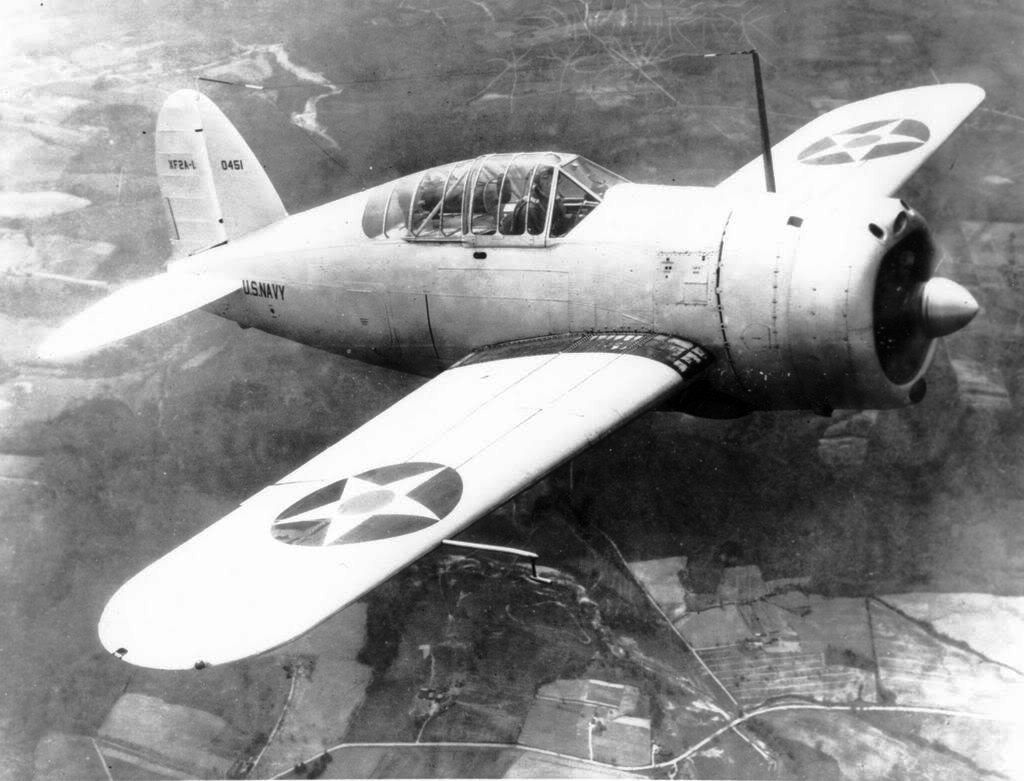
In May 1938, the prototype XF2A-1 was tested in the Full-Scale Wind Tunnel at the NACA Langley Memorial Aeronautical Laboratory. Recommended changes resulted in a 10% increase in the fighter’s speed.
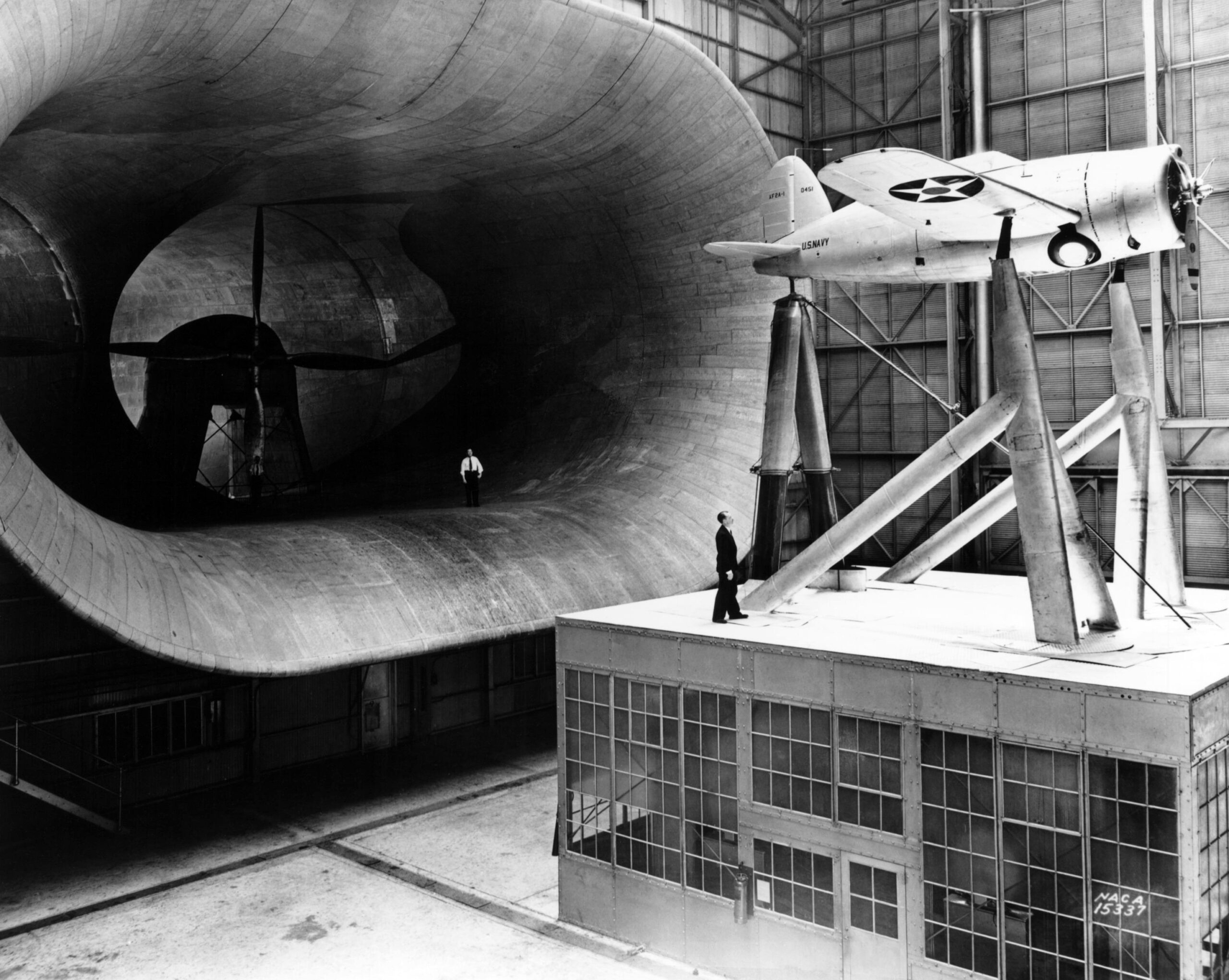
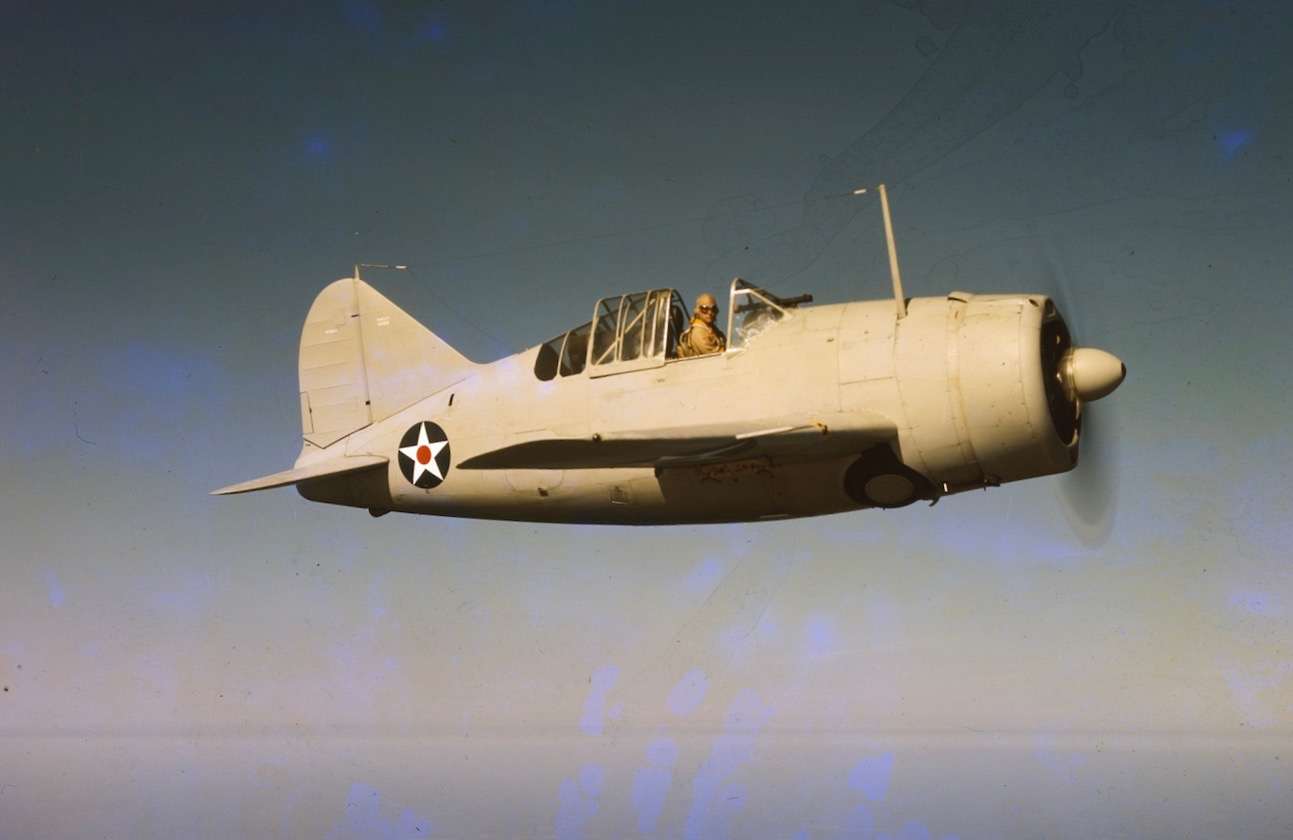
© 2018, Bryan R. Swopes
┯✛┯ An enormous leap in technology from 1937, through WWII. \ ö /
Brian, don’t forget, December 21st marks the 50th anniversary of the first flight of the F-14 Tomcat. If you require any photo support, just ask.
Tomcats Forever,
David F. Brown
Thank you, David. I have a few not very great b&w photos…
Shoot me an Email.
[email protected]
Buffalo was used to great effect by Finland.